Casa Ventura "floats on top of the hill" it's built on says Tatiana Bilbao
Mexican architect Tatiana Bilbao explains how her concrete Casa Ventura house responds to the topography of its hilltop site in the latest instalment of Dezeen's Concrete Icons series produced in collaboration with Holcim.
The video features Casa Ventura, a large family home that emerges from a forested hillside overlooking the city of Monterrey, Mexico.
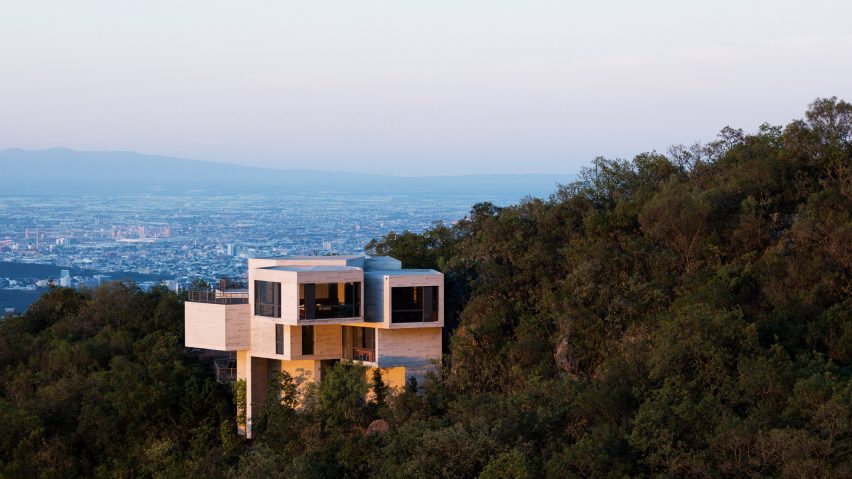
Speaking to Dezeen in an exclusive video interview filmed at Bilbao's office in Mexico City, the architect explained how the house was designed to "flow horizontally" and be "really open, very fluid".
"What we did was kind of break the volumes of the house," Bilbao said. "Every volume is connected to the next one, with very few steps."
Completed in 2011, the residence comprises a series of connecting pentagonal volumes that sit atop a steeply sloping hill with an uneven topography.
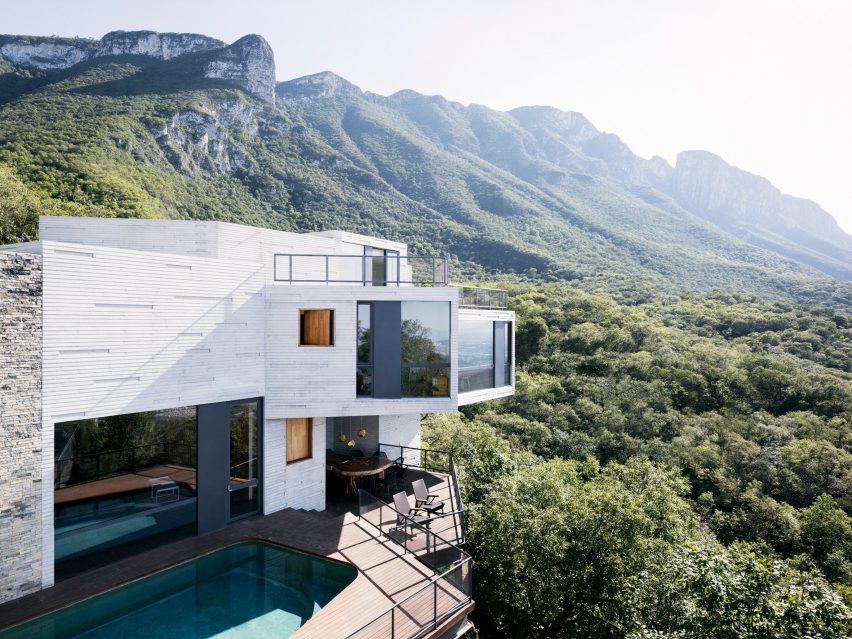
Each unit was arranged to follow the form of the irregular terrain, featuring cantilevered structures with full-height glazing and terraces that optimise the panoramic views towards the city.
"The house floats on top of the hill according to the natural topography that was there," said Bilbao.
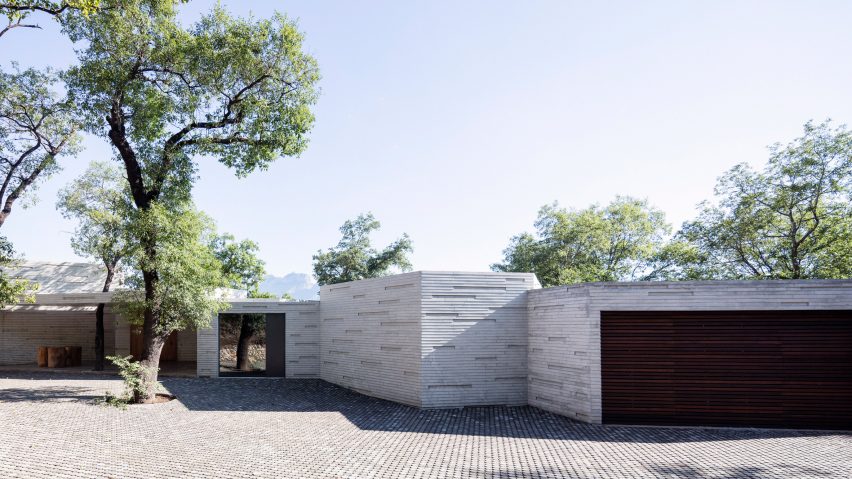
The building is made from raw concrete, which was selected due to the site's climatic conditions and demanding structural requirements, as well as to suit the surrounding landscape.
"The weather here changes through the day very extremely," said Bilbao. "These changes need to be controlled in a more natural way and concrete is the only material that would allow us to do that."
The angular forms and textured surfaces of the exterior give the house a monolithic quality, resembling a geological formation such as a cliff face.
"The residents were really eager to work with concrete. They really liked the aesthetics. They liked the roughness," said Bilbao.
"They liked the honesty. So these were some values that we really shared because in our office we also think of architecture as really needing to be very honest."
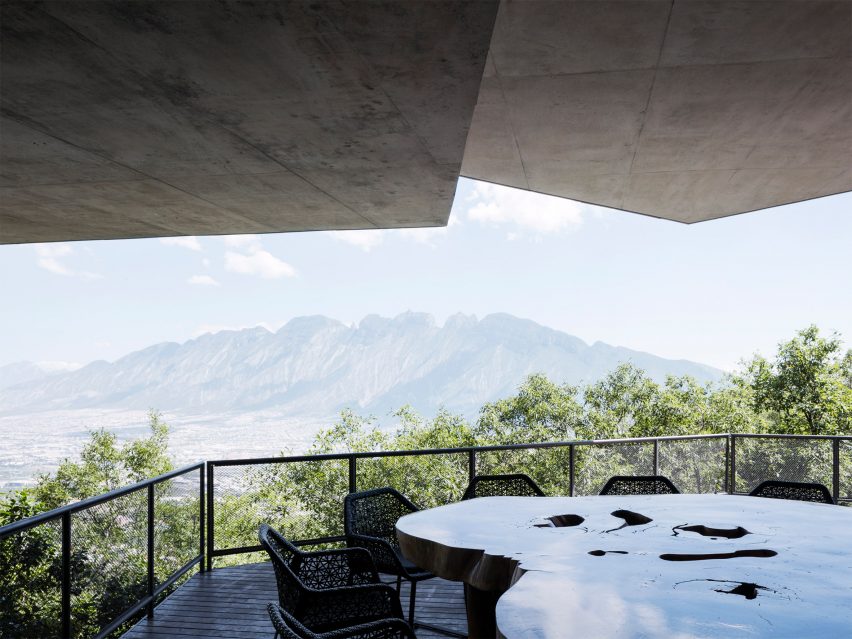
The distinct units allow the house to be divided into public and private spaces, with a spiral staircase that provides access to each level.
Communal areas are accommodated at the lowest, flattest part of the site, while private rooms are housed in units that gradually step up and around the slope.
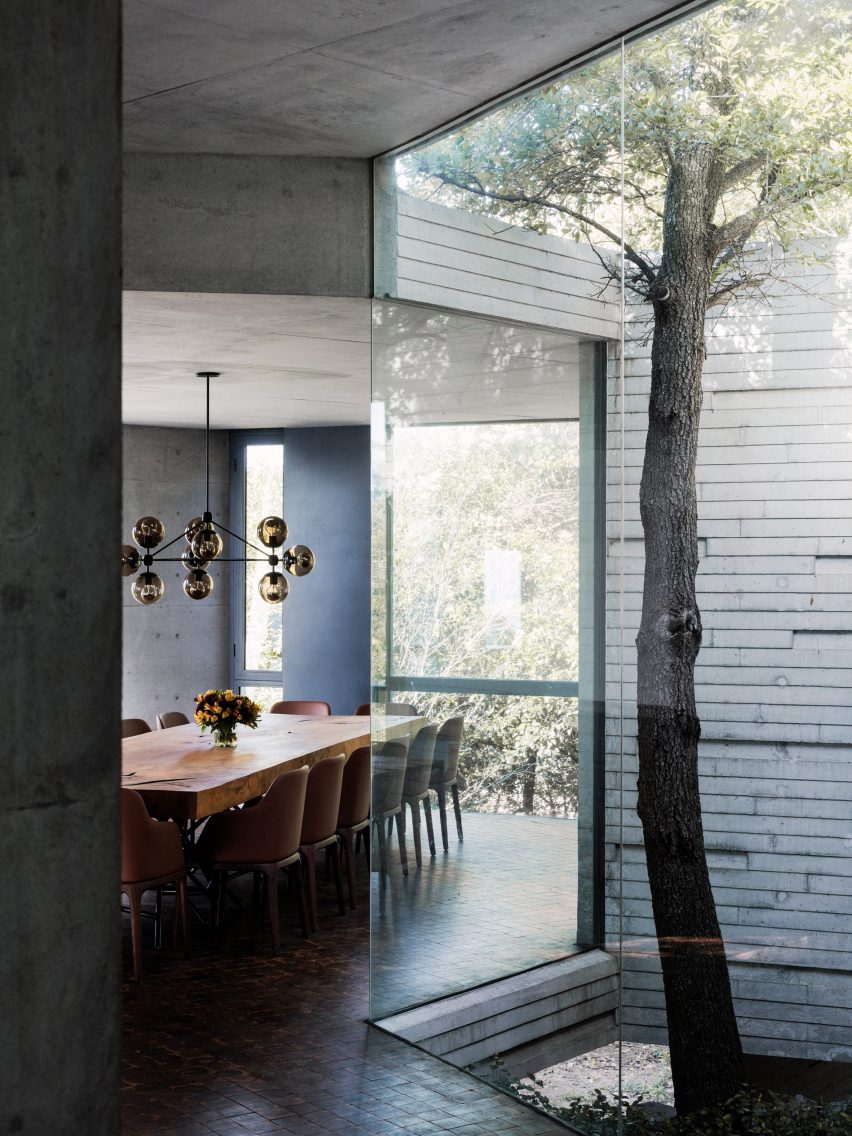
Bilbao founded her eponymous studio in 2004. Its projects include cultural institutions, installations, masterplans and affordable housing typologies.
Other completed projects by the studio include a sculptural pavilion for an exhibition at the Danish Architecture Centre in Copenhagen and a concrete grid-shaped installation at Melbourne's National Gallery of Victoria.
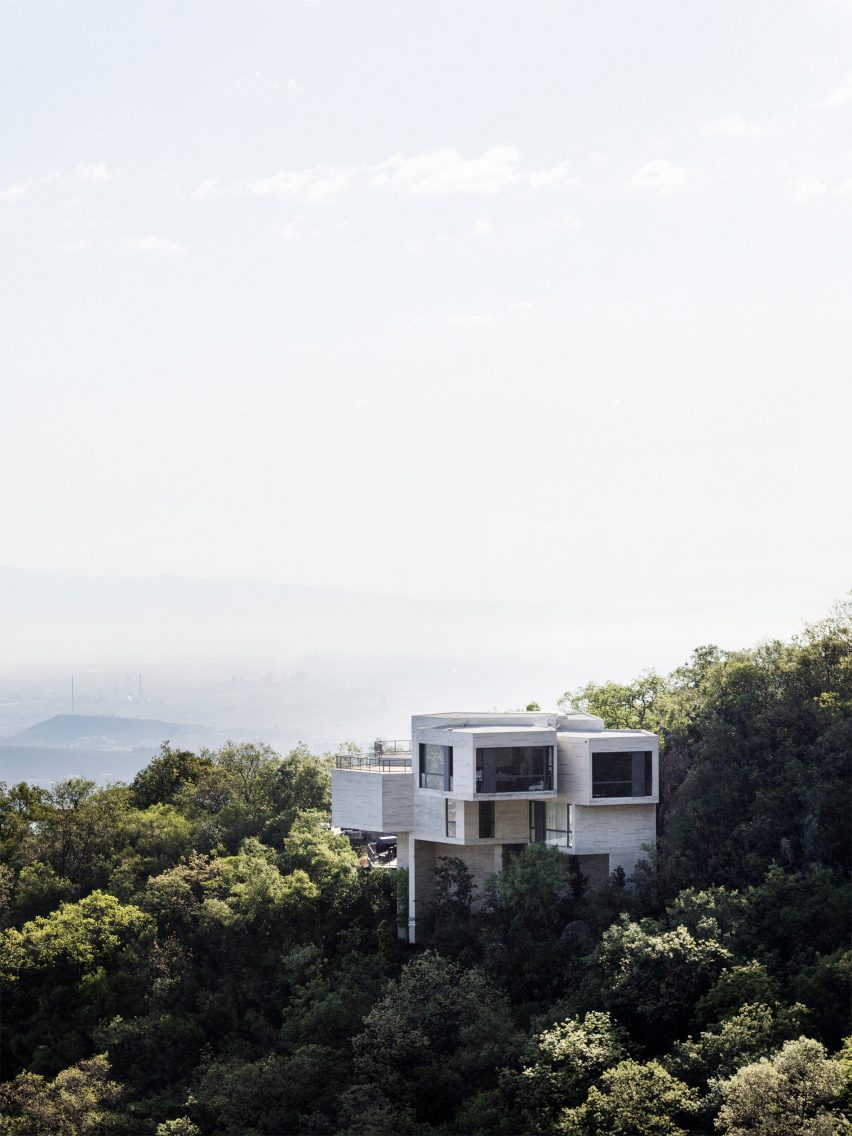
Concrete Icons is a six-part video series created in partnership with building materials company Holcim, which profiles the most striking contemporary concrete buildings by the world's leading architects.
Previous instalments in the series focus on MAD's sinuous Cloudscape library in Haikou, China, and The Broad museum in Los Angeles, US, by Diller Scofidio + Renfro.
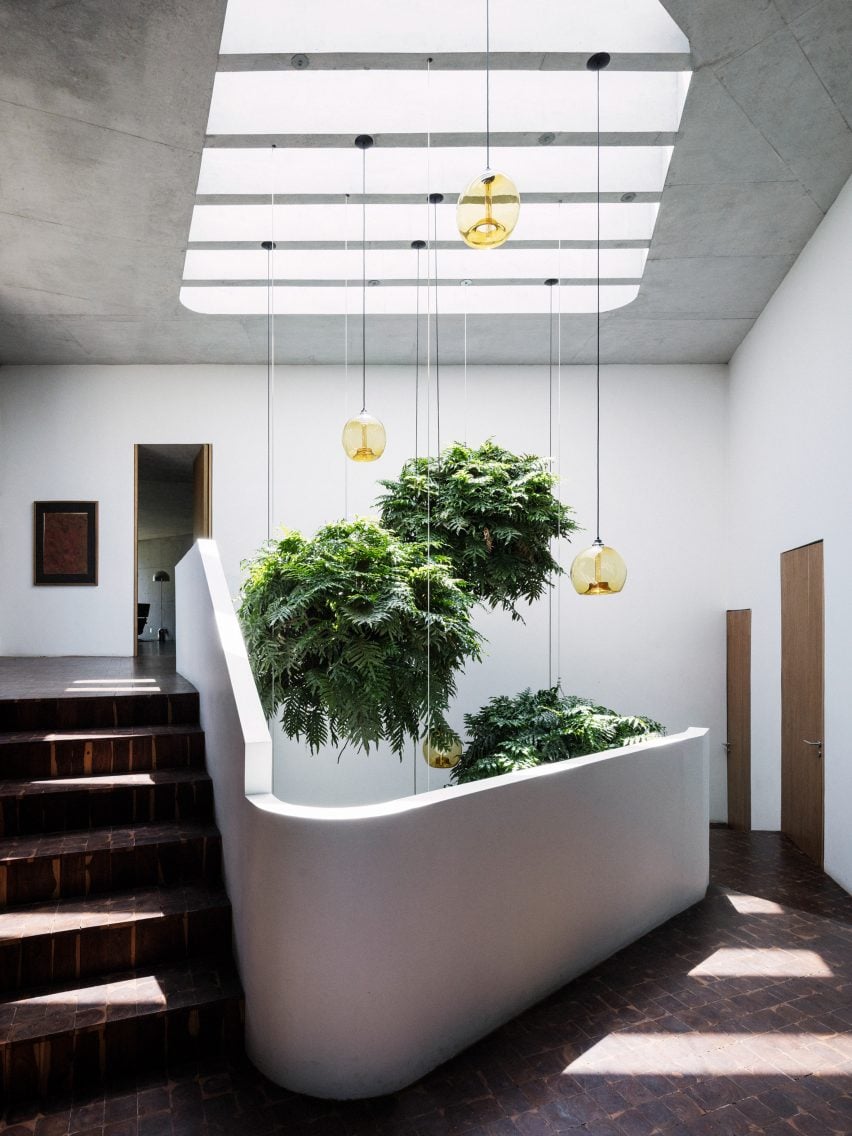
The second part of the series will profile projects including Sou Fujimoto's Open Grid – Choices of Tomorrow university centre in Switzerland.
The photography is by Rory Gardiner unless stated otherwise.
Partnership content
Concrete Icons is produced by Dezeen for Holcim as part of a partnership. Find out more about Dezeen's partnership content here.
Build the icons of the future with Holcim's low-carbon ECOPact concrete, delivering up to 90 per cent less carbon dioxide emissions compared to standard concrete with no compromise on performance.
Find out more about how Holcim works with architects here.